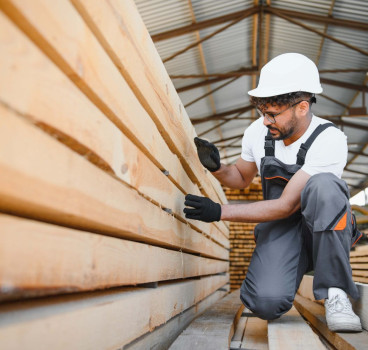The issue with building handovers
Moving into a building should be a hitch-free experience but sadly not all building projects are handed over successfully writes Susan Lowrie. It's often a case of simply a handover date rather than a process of transition where there is a transfer of knowledge from the project team to the building users. While most project teams want a smooth handover, buildings often don't match the client's intentions. How can we handover projects better and reduce the gap between designed and as-built performance?
From the outset it is important to consider who is specifying the building and are they actually the people who are going to be using the building. Who is the client? Is it the person who might be saying we need a room here, a room there, or is it the person who is saying make it ten stories high? Or is the client the person who is going to have to maintain, use or access that building?
One only has to look at a spectacular atrium built for an NHS hospital. A marvel to look at and filled with natural light, but had the designers thought how easy it was to simply change a lightbulb which didn't involve scaffolding? Hospitals might also be designed for more patients but this at the expense of other spaces such as storage. Managers don't see the point of creating storage areas, while nurses do. It's why a patient room ends up being used as an ad-hoc storage facility. Similarly, we might arrive at the point of handover, but the last step of securing an operator and maintenance manual doesn't always happen.
The handover could well be to the client team who were involved in the design but they are not the actual people who are using the building. So you might end up with a maintenance team who has never seen a fire alarm system working.No one has asked the question ‘are you happy with what is being handed over?' It's critical that we look at how we manage what we are left with as a building residual.
Buildings that are handed-over may have an engineered design, but then down the line the people who are made aware of that engineered design no longer work there. So what was an engineered design suddenly becomes a problem because the users want to change things as the building evolves. But the ability is not built-in to allow the building to evolve.
A building will be designed to a specification but then you may well be speaking to the owner/manager of a building and not the user. There needs to a smooth transition from design to operation, along with the full support of designers and contractors, in order to fine-tune a building and ensure there is no gap between design intent and reality. The construction industry is after all a service industry delivering buildings to end users.
Visit: https://www.cbuilde.com
Additional Blogs

What if Building Control went fully digital?
Building control governs structural integrity, fire protection, energy efficiency, accessibility and countless other aspects of design and construction. Historically, this process has been highly...
Read moreWhere most “Smart Buildings” go wrong
Smart buildings are often presented as the ultimate in modern construction - interconnected, efficient, intuitive and driven by real-time data. They promise lower operating costs, reduced energy use,...
Read more

The future of facilities management starts at RIBA Stage 0
Facilities management has traditionally been treated as a discipline that only becomes relevant once a building is handed over. At that point, FM professionals inherit decisions made months or years...
Read more